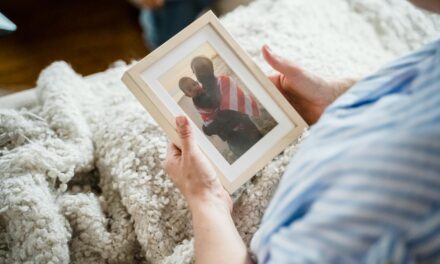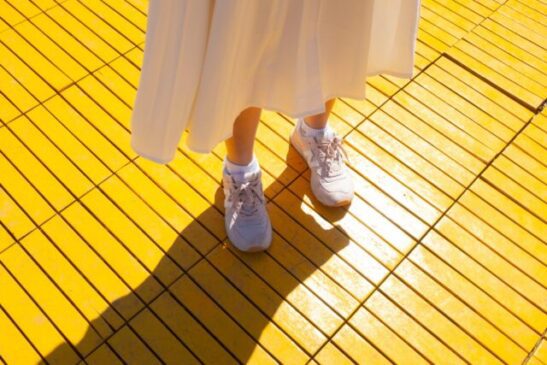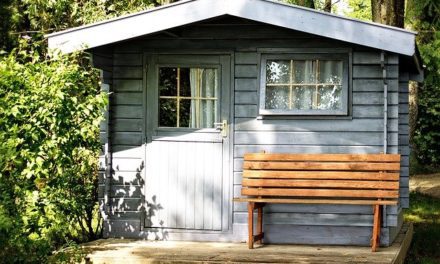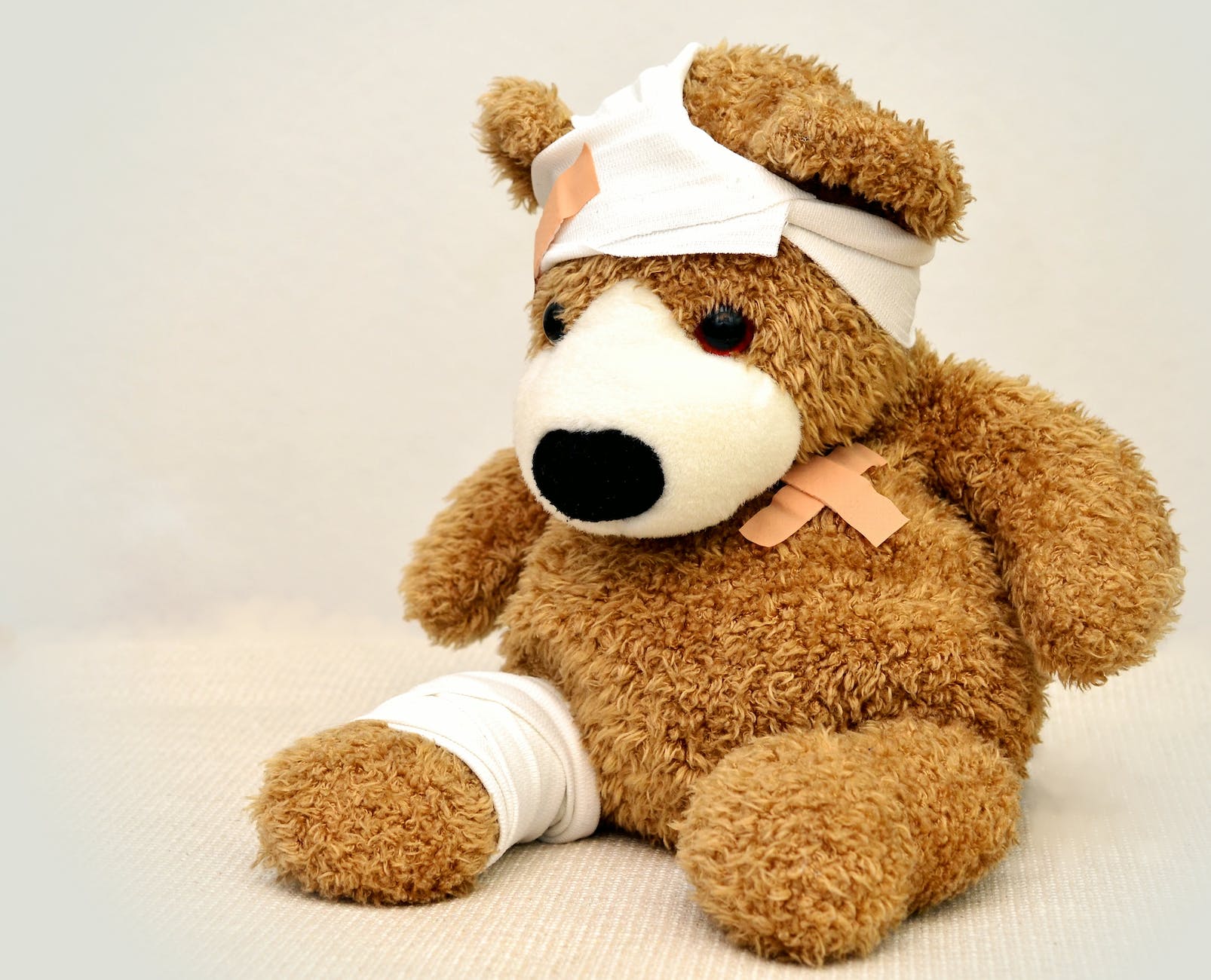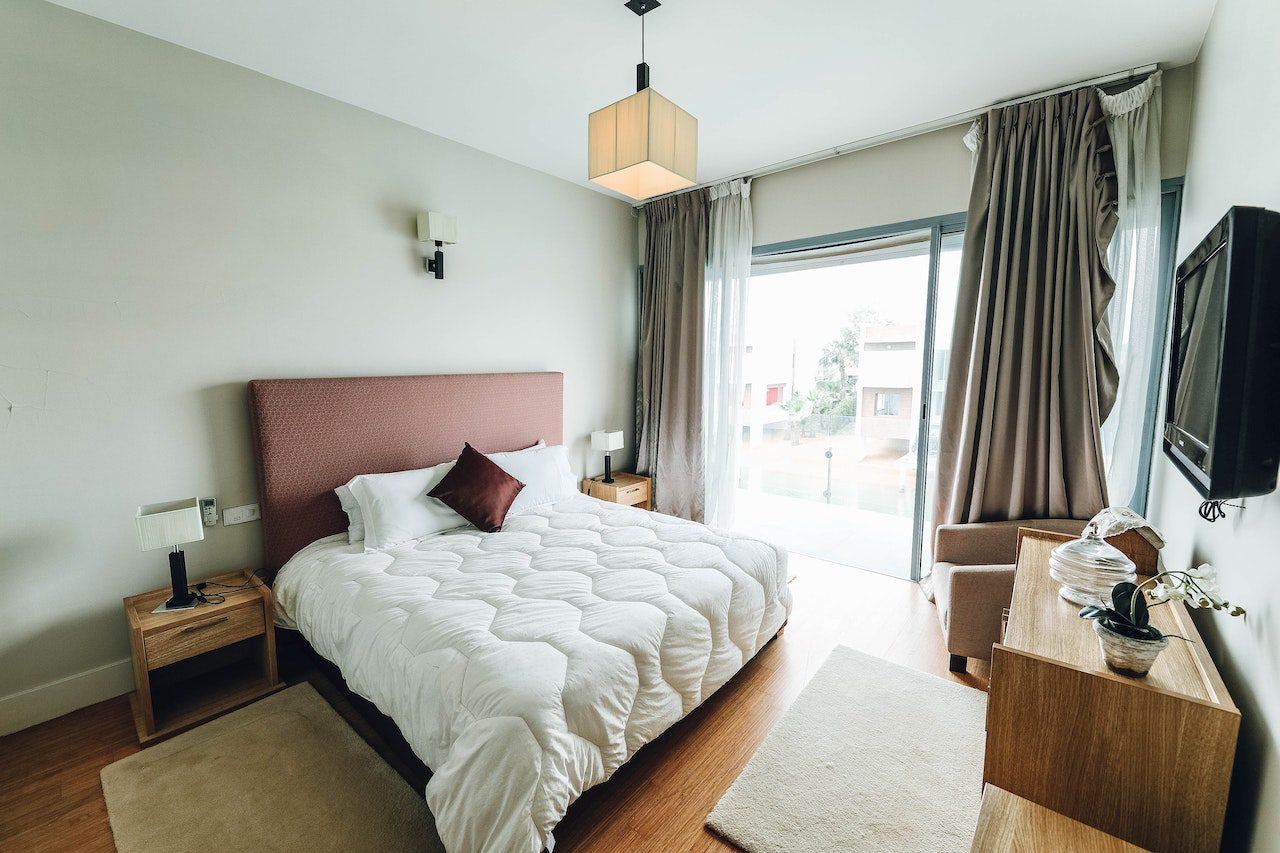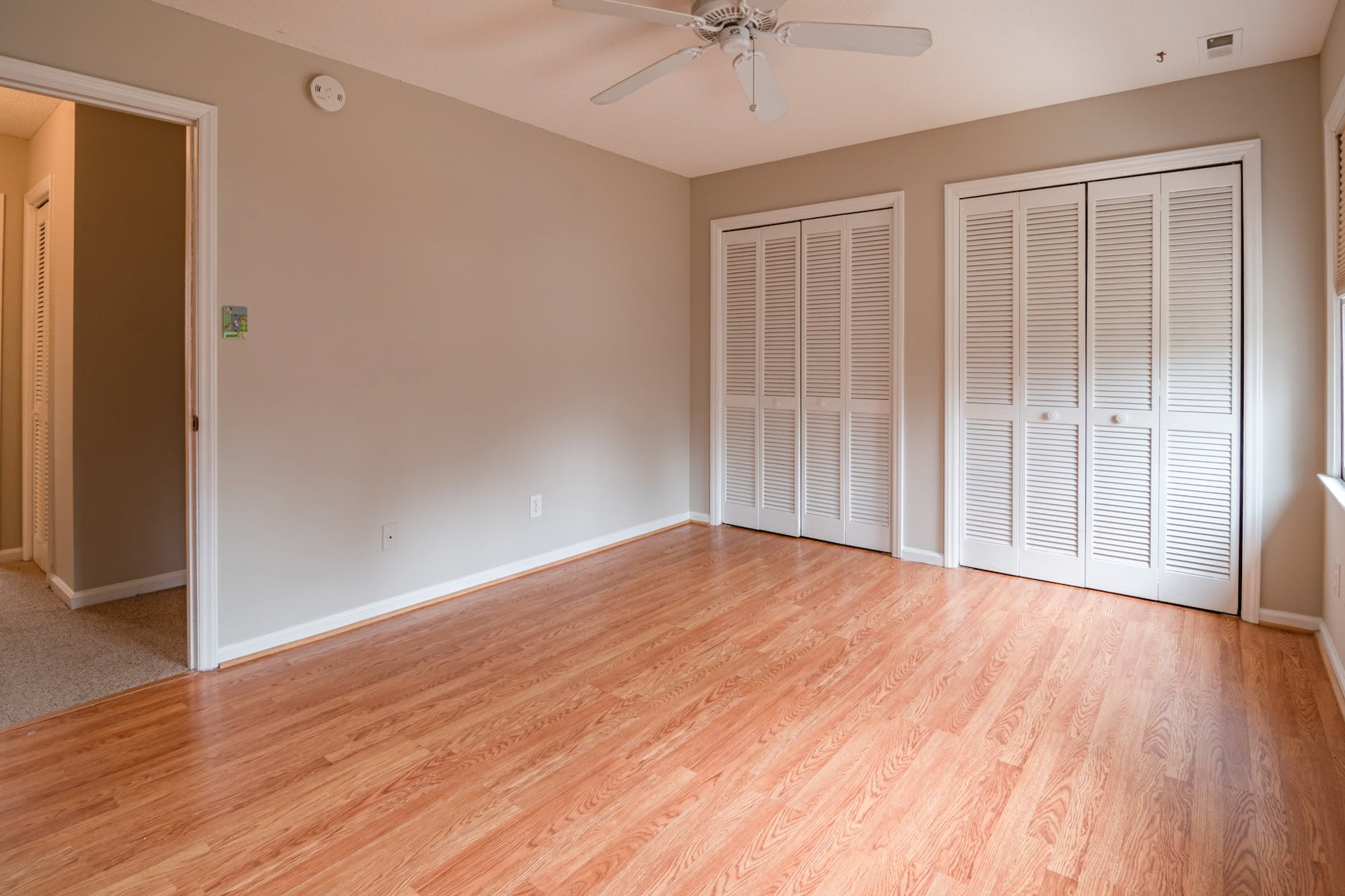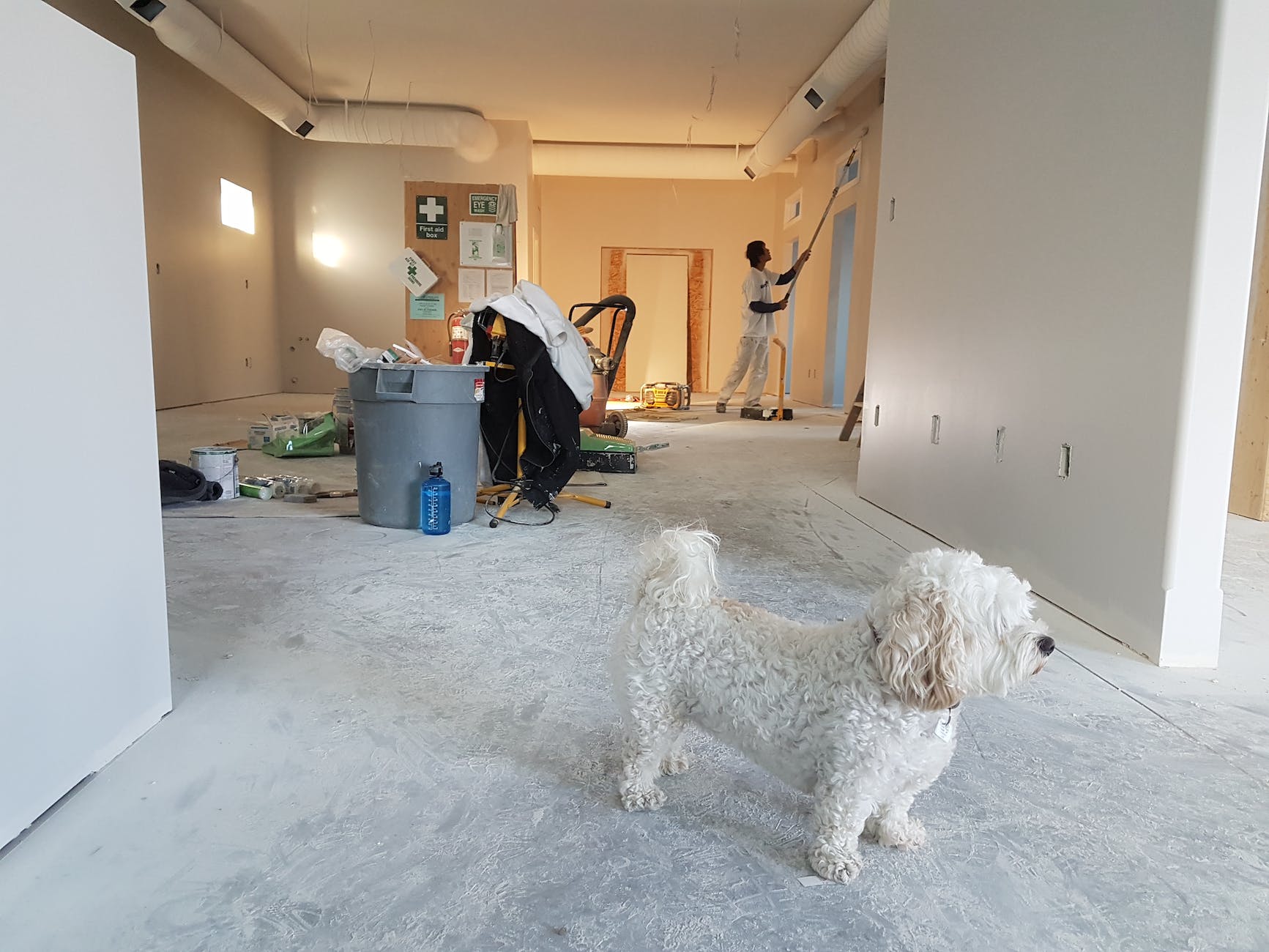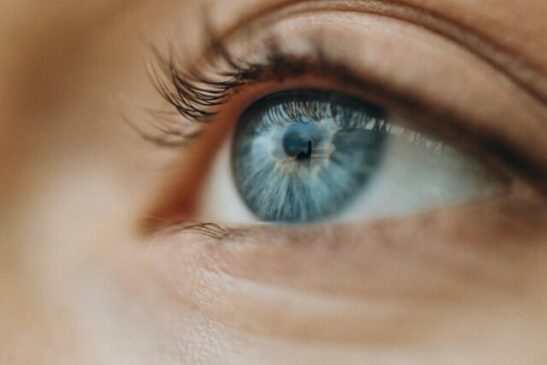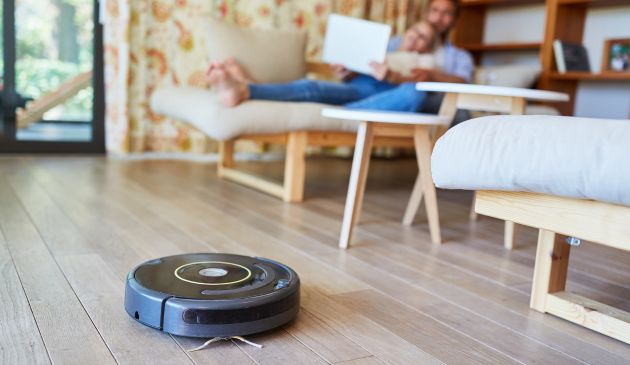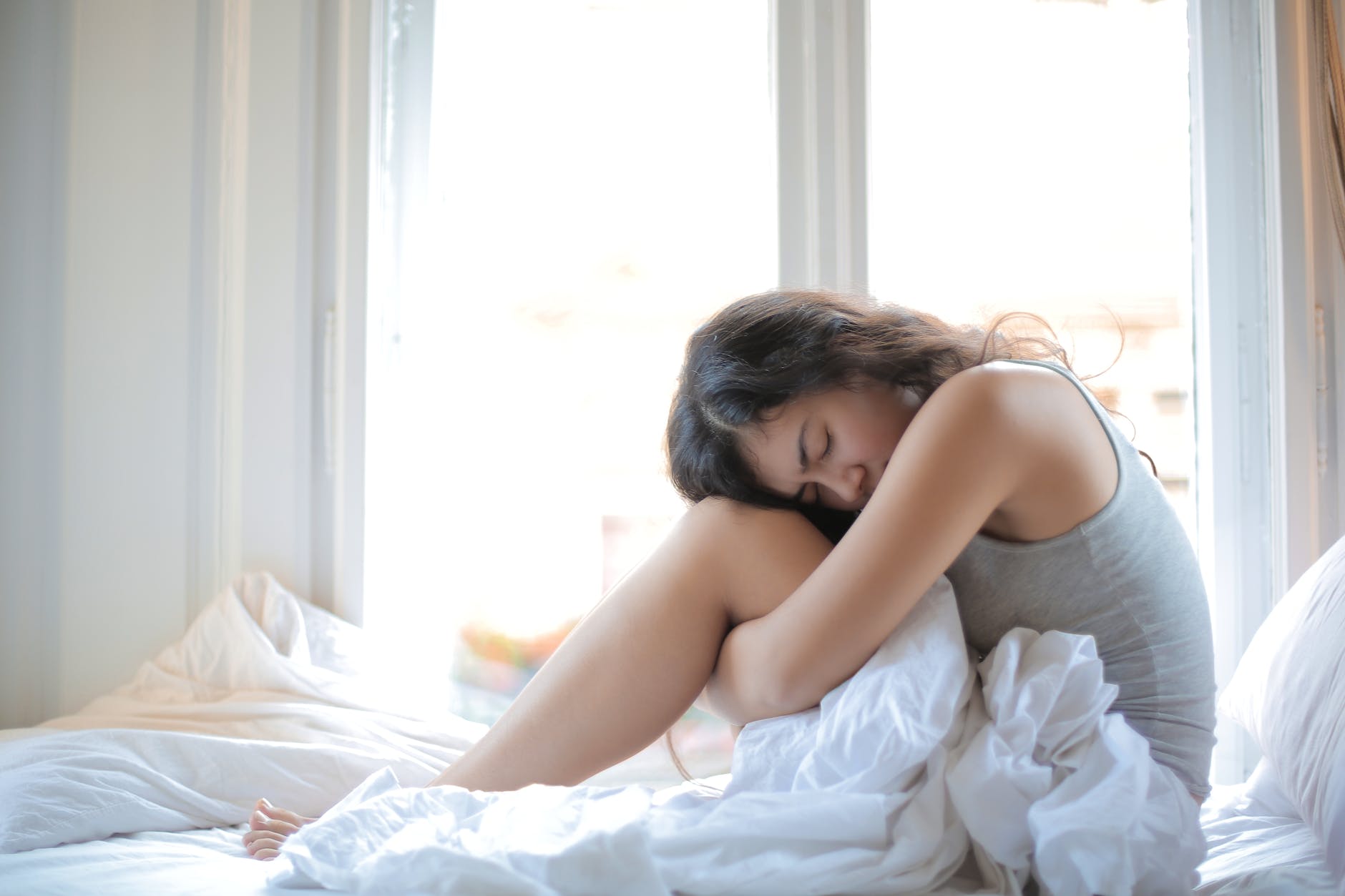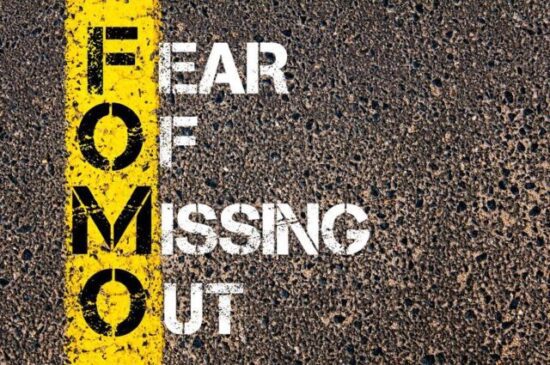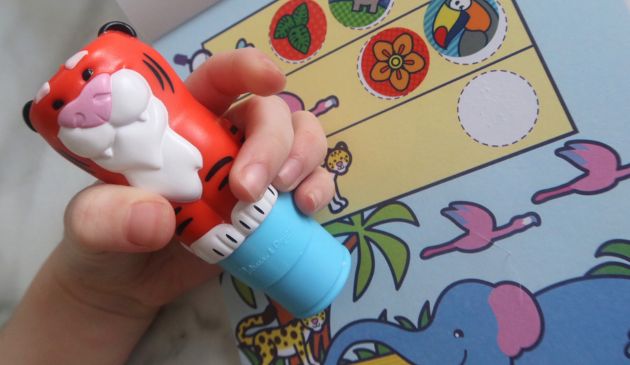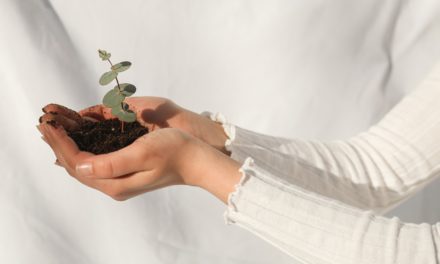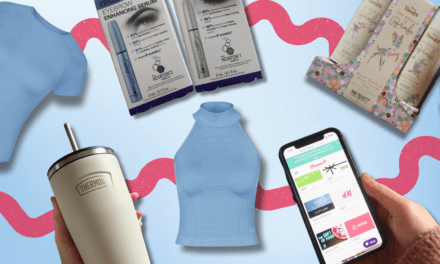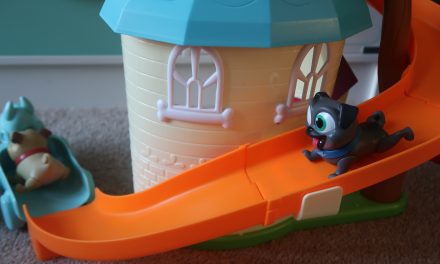
Looking after my skin post Melanoma in Situ
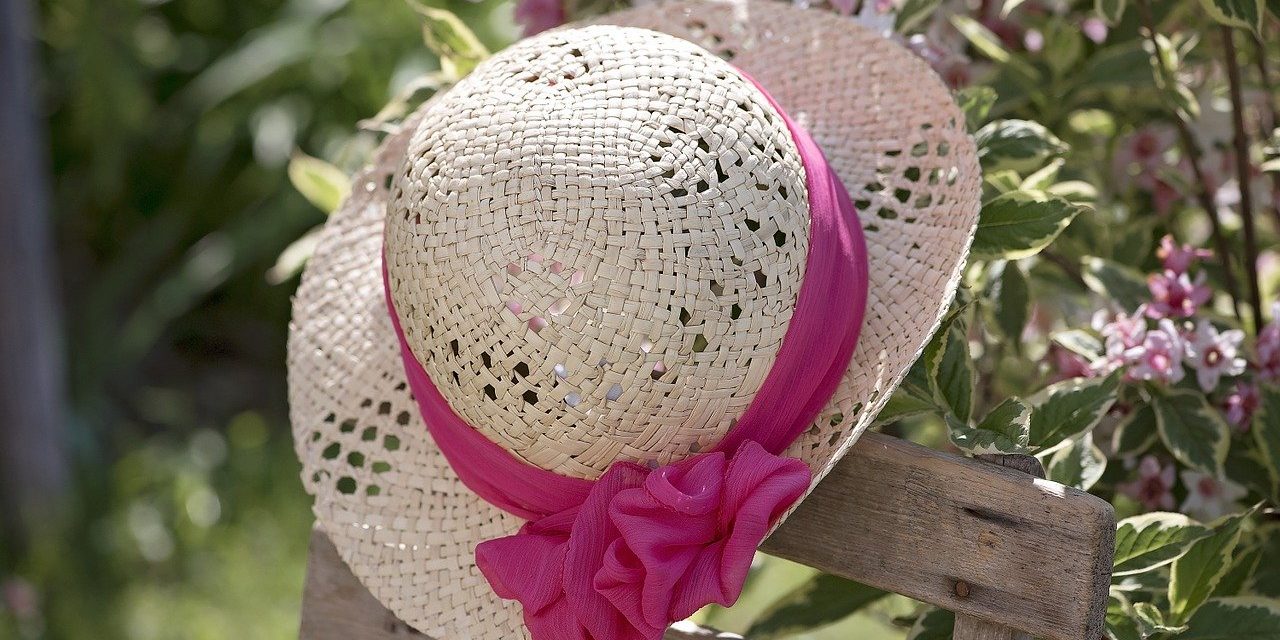
This time last year I was recovering from my Melanoma in Situ treatment. The time has gone very fast. Having experienced changes in the size and shape of a mole on my back, and having noticed some itching whilst running, I went to see a dermatologist who recommended that my mole was removed and sent away to be analysed. As I am generally quite a mole’y person, I wasn’t initially too concerned. The challenge of having moles on your back however, is that it can be really difficult to keep track of any changes that might flag a concern.
In December 2019, after the dermatologists recommendation, I had mole removal surgery and an anxious wait for the results. At this point, I was terrified I was going to have skin cancer, particularly after a family member had also experienced skin cancer when I was a teenager. After Christmas, I returned for my results and receiving a diagnosis of melanoma in situ – effectively pre cancer cells; where the changes were still currently contained. I was lucky that I had found the changes early, before they had the potential to spread. I was taken back for a second round of surgery to remove a wider diameter of skin from around the existing melanoma in situ scar, ensuring that there was a clear boundary and that no cells had spread. You can read more about my melanoma in situ treatment here.
One year on, other than having a fairly large scar on my back from the melanoma in situ surgery, I am fully recovered, but now actively take steps to look after my skin better to try and avoid a reoccurrence elsewhere on my body. If you are fair skinned, have a lot of moles and freckles, or a history of skin cancer in your family, here are my tips on how you can keep your skin safe, both in the summer sunshine and beyond.
- Keep an eye on your moles – this may sound obvious, but get to know your body. The more you look at your skin and recognise what is normal for you, the more likely you are going to be able to spot any changes or differences in your moles. For the moles on my back and the rear of my body, my partner takes monthly photographs of my skin which I keep in a folder on my phone, and then check and compare against each other every time we take a new set. Obviously this is not an exact science, and smaller changes might not be noticed by the naked eye, but one of the first signs of a melanoma in situ is a mole that changes in size shape or colour, so definitely one to look out for. You can also get apps that do something similar to this if you prefer. If you notice any changes in your moles, please make an appointment to go and see your GP. It may be nothing, but if it is, better it is dealt with quickly before it has the potential to become any worse. Try not to worry – remember that most moles are completely benign, but better to be safe than sorry.
- Mole Mapping – This isn’t offered everywhere, and depending on your local hospital may be something you need to pay for privately, but I would definitely recommend. Around 4 months after my second melanoma in situ operation, I went for a procedure called mole mapping, where my entire body was photographed by super high quality cameras. I had to stand against a backdrop and move my body into some VERY strange positions (not glamorous but essential!), basically ensuring that every part of my skin was captured and recorded on the imagery. I return for a second mole mapping process at the end of May, at which point the two images will be compared, and any moles that have changed are flagged using some super clever technology on screen, highlighting to my dermatologist which moles he needs to do an additional visual check on. Some minor changes may just be down to weight loss or weight gain, but having this guide to highlight particular moles to the dermatologist is really helpful.
- Wearing a hat – A few years back, I’d never have thought about wearing a hat during my visit to the beach, but now, not only did I buy a wide brimmed hat for our recent holiday in Cornwall, but I ensured that my skin was kept covered up, especially during the intense midday sun. Whilst the girls love being outside in the sunshine, I tried to remain under the cover of shade as much as possible. Whilst I love sunbathing and LOVE getting a suntan, there are obviously ways these days to fake it that are a far safer alternative!
- Choose your Sunscreen wisely – This goes without saying but I now make sure I wear sunscreen whenever I go out in the sun and try and avoid the middle part of the day where the sun is at it’s strongest. I will be honest and admit that in the past, when heading out in the sun in the UK I hadn’t always bothered to apply sunscreen, and whilst I haven’t necessarily got burned or gone red, I have probably exposed my skin to UV rays more than I needed to. I now make sure I have a factor 30 or above on at all times in the direct sunlight, and have even started to wear and SPF face cream every day; even on the days where it might not be obviously sunny! Remember when choosing your sunscreen in the UK, its not just about the SPF level, you should also look at the star rating, and use only those with a star rating of four and above.
- Reapply sunscreen regularly – I am not particularly a believer in the ‘once a day sunscreen‘ message, and therefore I reapply my sunscreen regularly throughout the day (every 2 hours), especially if we are outside for any significant amount of time such as a festival or family picnic. Its also worth noting that if you go swimming or exercise, that you should reapply your suntan lotion in between.
- Vitamin D supplements – Whilst not necessarily essential, I now take a Vitamin D supplement, as by wearing factor 50 at times, I am essentially reducing the amount of natural vitamin D I get from sunlight – and obviously this is important in ensuring strong bones, teeth and muscles! Vitamin D can also be found naturally in fatty fish, and many cereals are now fortified with iron and vitamin D.
As someone who suffers from health anxiety, the worry about having another melanoma in situ will never really go away, but all I can do is be as pro active as possible and take care looking after my skin.
I am also working hard in 2020 to start looking after my body a bit better in general – eating more healthily, losing some weight and doing more regular exercise. I am currently 7 weeks into the couch to 5k running programme, and have already seen improvements in my mood, mental health, overall fitness levels, stamina and energy. I am hoping that this is something I can make into a bit of a lifestyle change as I am rapidly approaching 40!
Have you ever had melanoma in situ or visited a dermatologist about your skin? I’d love you to share your experience. If anyone has any questions about my melanoma in situ please feel free to add a comment or drop me a DM on my socials, I am more than happy to share my experience, particularly if it helps others to catch things early!





